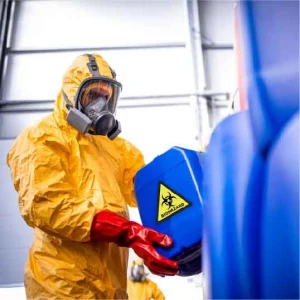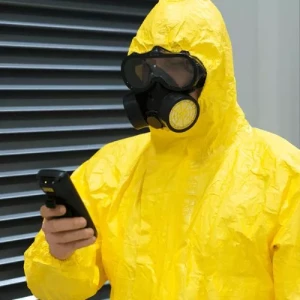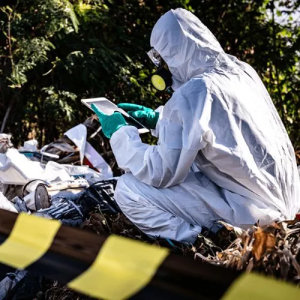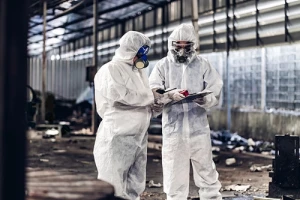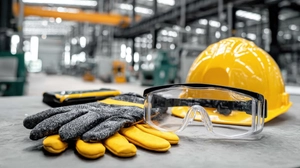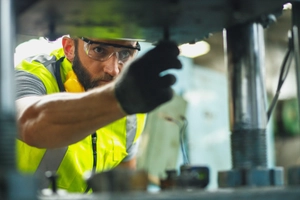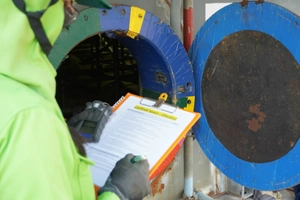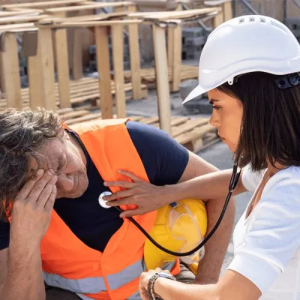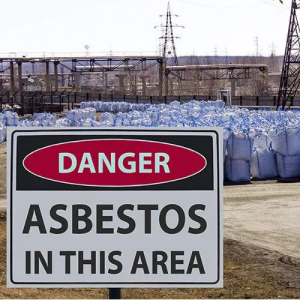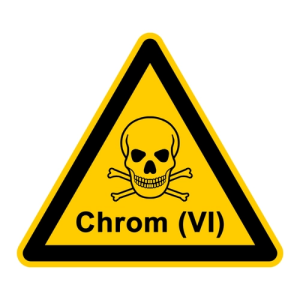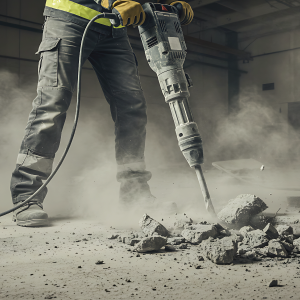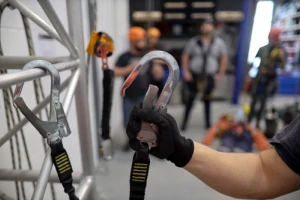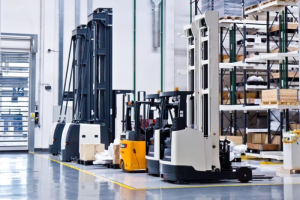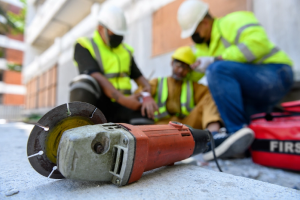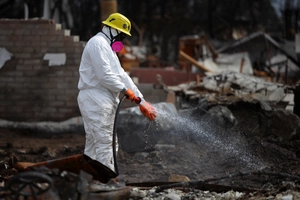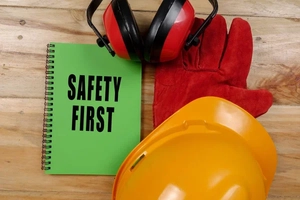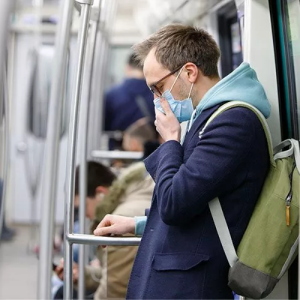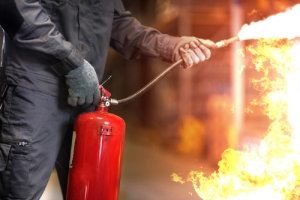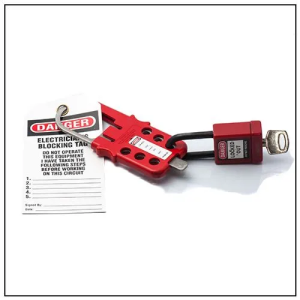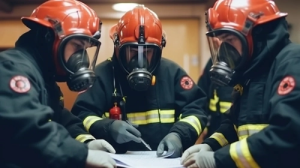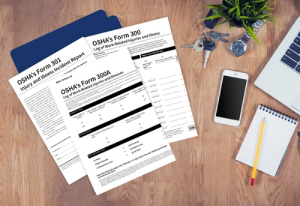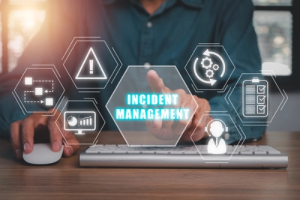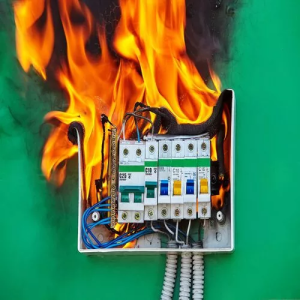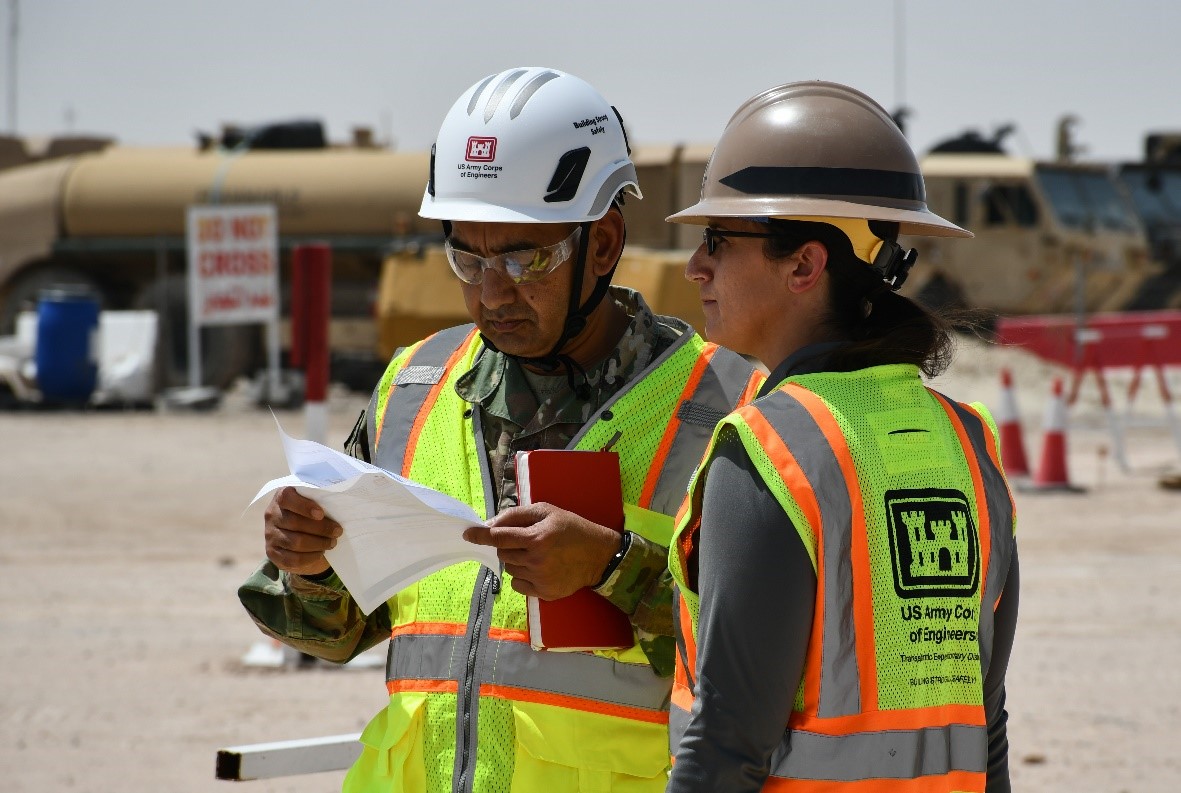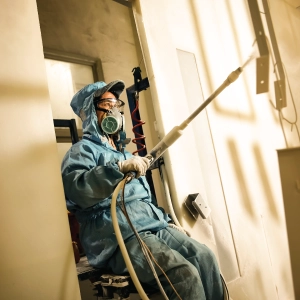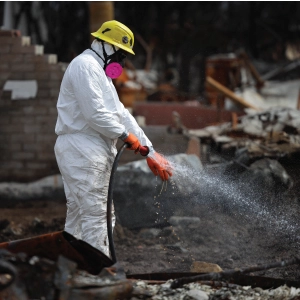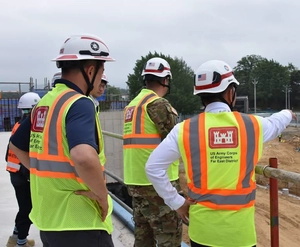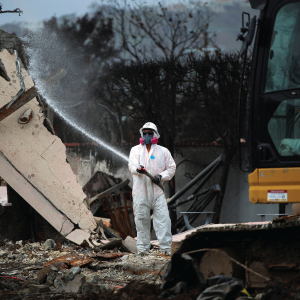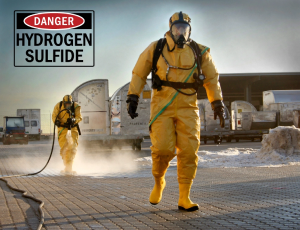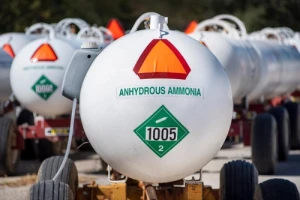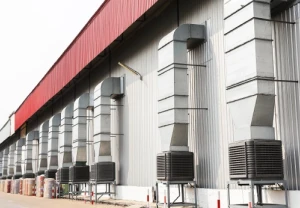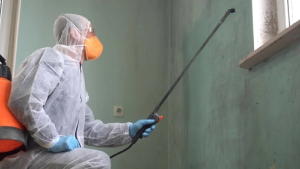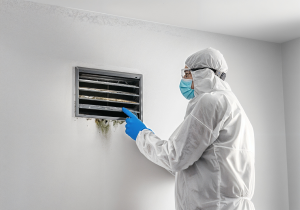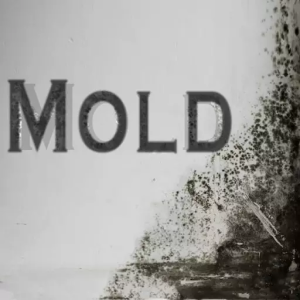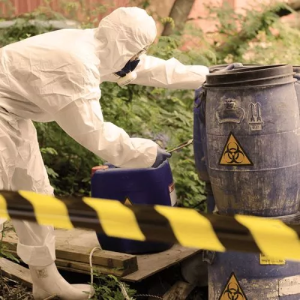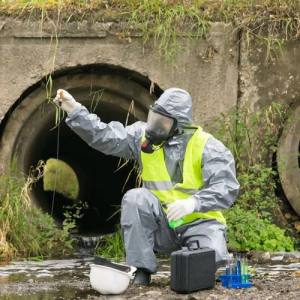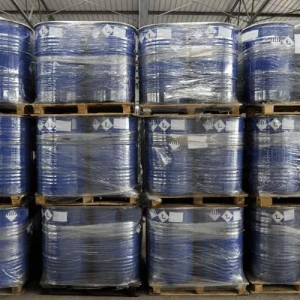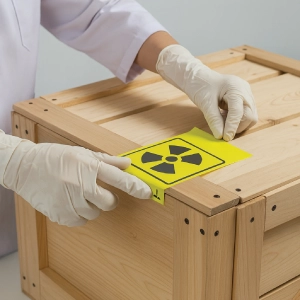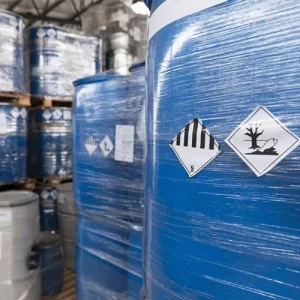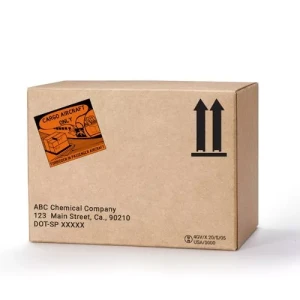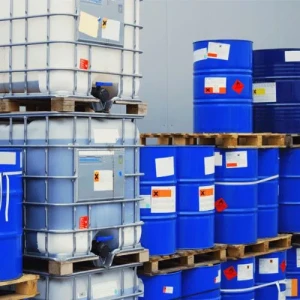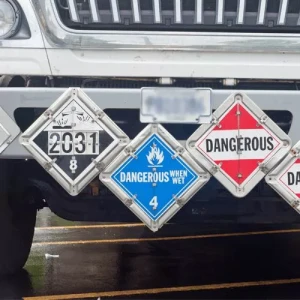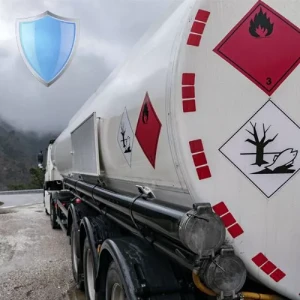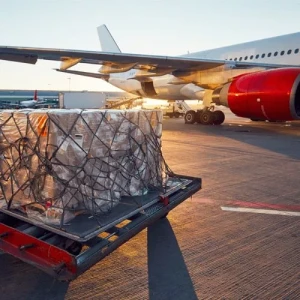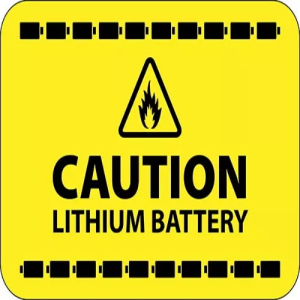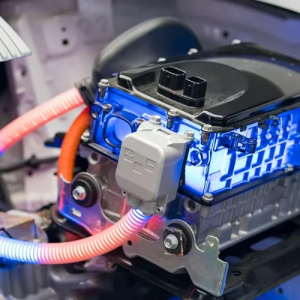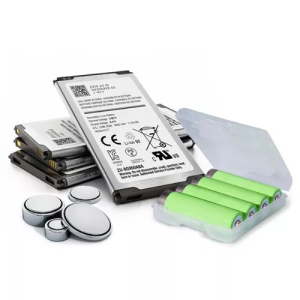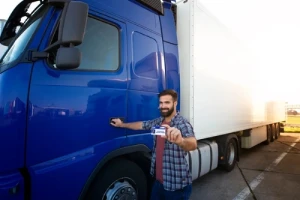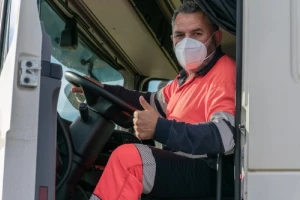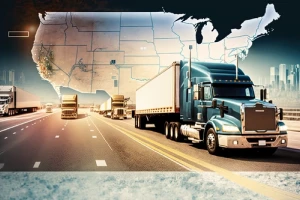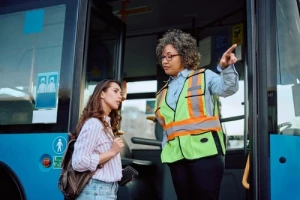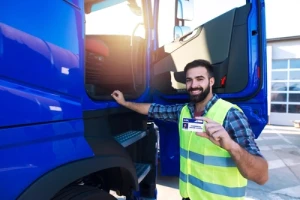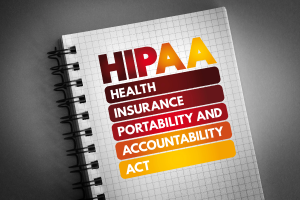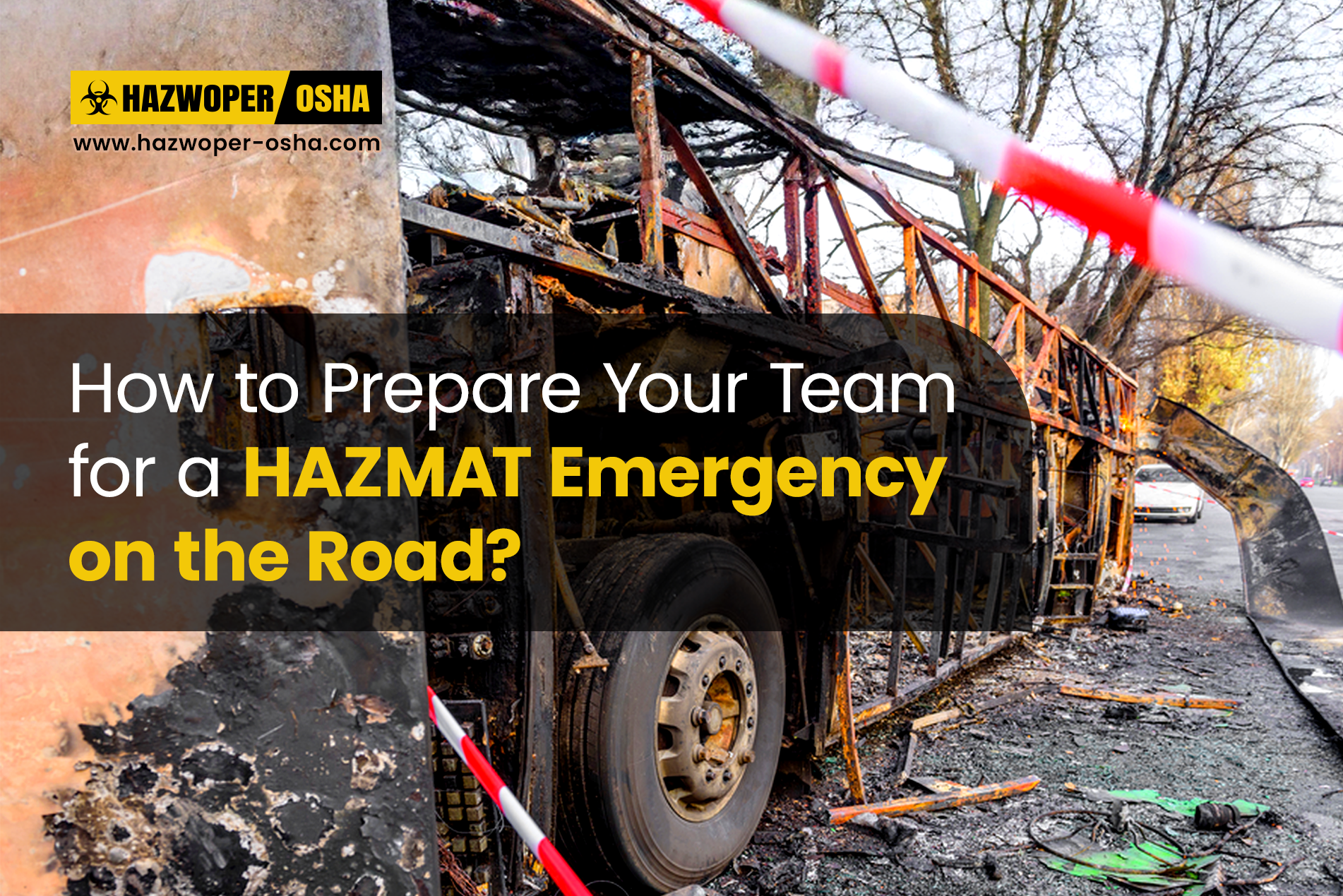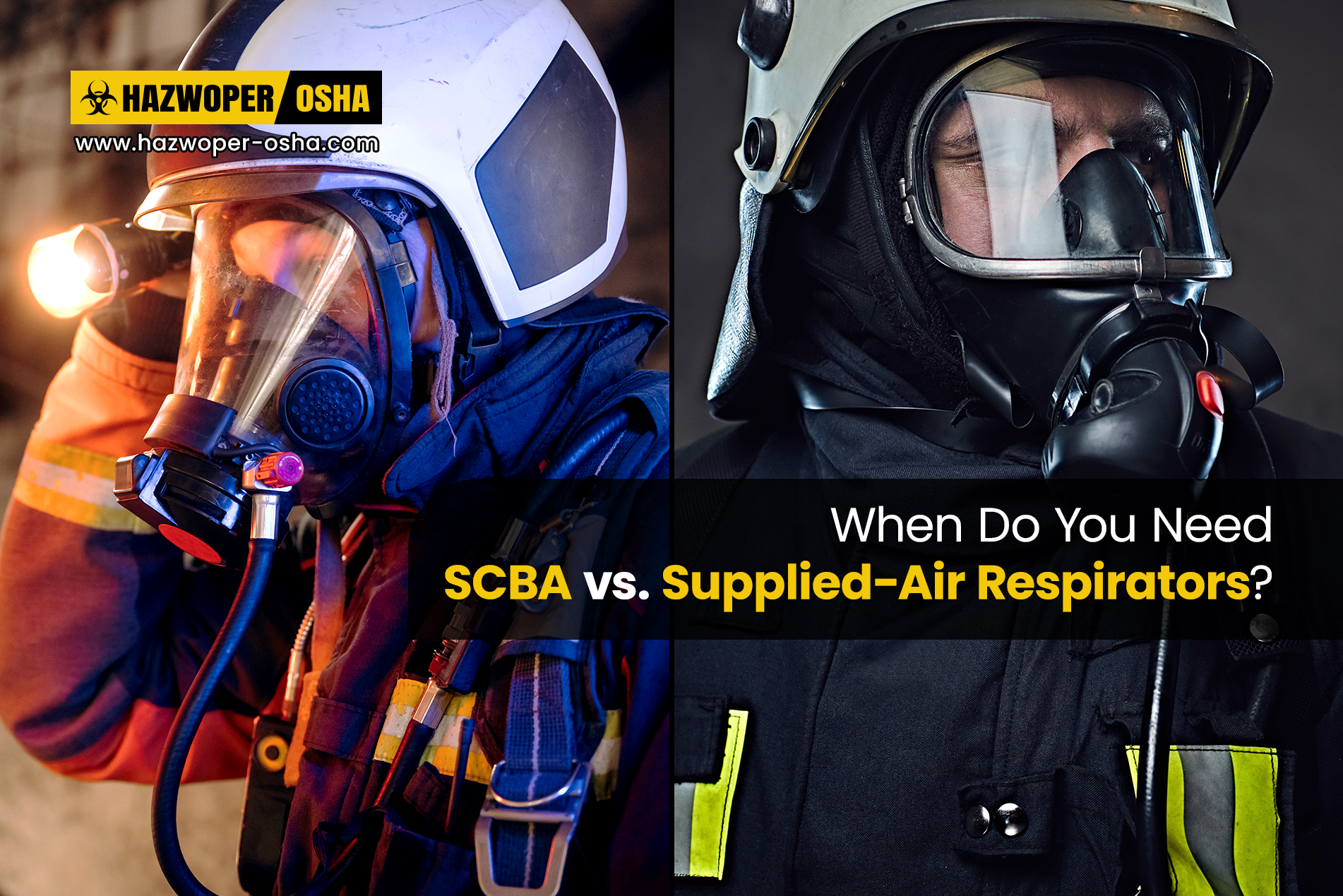How to Become an Independent Pharmacy Delivery Driver – A Complete Roadmap
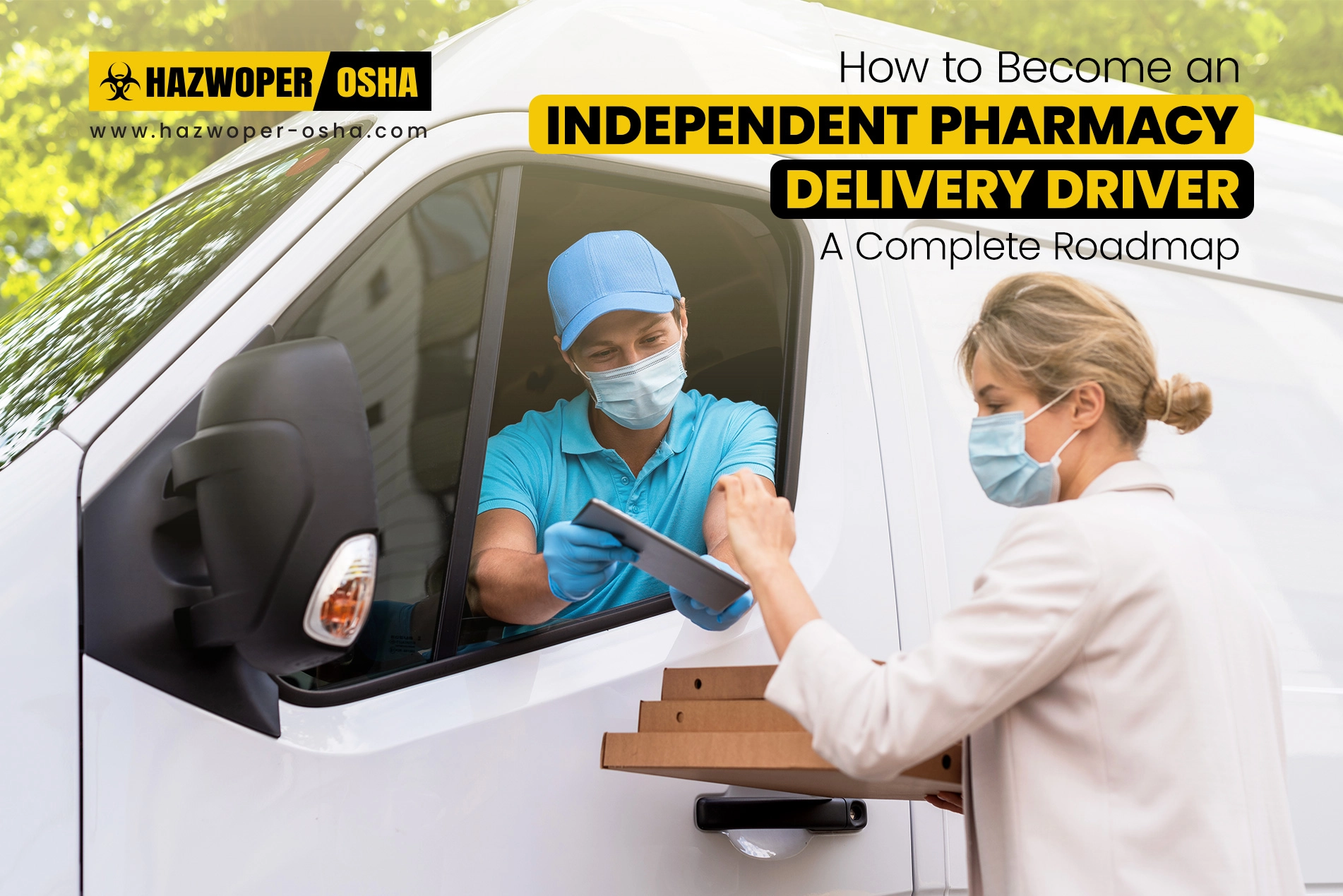
The demand for home‑delivered prescriptions has surged. Patients expect fast, secure, discreet delivery. For independent drivers, that means steady work—if you operate by the book. This guide covers the essentials: legal setup, compliance training (HIPAA, HAZWOPER, HAZMAT, Bloodborne Pathogens, PPE), equipment, contracts, and field examples.
1. Know the Role You’re Signing Up For
As an independent driver you’re self‑employed, but you also represent the pharmacy to the patient. Expect to:
- Pick up prescriptions and sign chain‑of‑custody logs.
- Transport medications securely (often including controlled substances).
- Verify patient identity and collect signatures at delivery.
- Return any undelivered medications per procedure.
Example: If you pick up a Schedule II pain medication, you do not make personal stops, you do not leave the vehicle unlocked, and you hand it only to the verified recipient. A single lapse can cost you the contract and invite enforcement.
2. Legal and Business Foundations
- Driver’s License: Valid, clean record preferred.
- Business Registration: Consider an LLC for liability protection.
- Insurance: Commercial auto; many partners also require general liability and sometimes cargo coverage.
- Background Check: Theft/drug/violent offenses are typically disqualifying.
- Drug Screening: Standard when handling medications.
3. Training You Must Have
Pharmacies expect documented safety and compliance training. Complete these before—or immediately after—contracting.
Core Training (with links)
- HIPAA Privacy & Security Training — how to protect PHI you’ll see on labels, manifests, and signatures (e.g., never leave manifests visible in your car).
- HAZWOPER (40‑Hour) Training — foundations for hazardous substances and emergency response.
- DOT HAZMAT Transportation – General Awareness — roles, documentation, packaging, marking/labeling.
- Bloodborne Pathogens Training — exposure control and post‑exposure steps.
- PPE Safety & Respiratory Protection Training — correct selection, use, and maintenance.
Optional but useful: For highway transport specifics, see DOT Hazmat Carrier Requirements – Highway. For deeper coverage, the 10‑Hour DOT Hazmat Advanced General Awareness builds on the basics.
4. Vehicle & Equipment Setup
- Reliable, well‑maintained vehicle — breakdowns during routes are unacceptable.
- Insulated coolers/temperature control — for insulin, some vaccines, and other temp‑sensitive meds.
- Lockable storage — keeps meds out of sight and secured.
- Smartphone or tablet — navigation, patient comms, and signature capture.
Example: A summer delivery of chemotherapy agents required a temperature‑controlled cooler with ice packs; without it, the shipment would have been spoiled and the driver liable.
5. Finding Contracts
Focus on durable relationships:
- Local independent and chain pharmacies
- Specialty pharmacies (oncology, HIV, fertility)
- Mail‑order/central‑fill operations
- Medical courier companies serving multiple pharmacies
Bring proof of training and insurance, clarify availability and service area, and confirm payment terms (per stop, per mile, or route rate) including tolls/parking reimbursement.
6. Controlled Substances Protocol
- No unauthorized stops between pickup and delivery.
- Keep medications locked and out of sight.
- Verify government ID and obtain signature before hand‑off.
- Document each step for audit readiness.
7. Professionalism in the Field
Patients remember the driver as much as the pharmacist. Be punctual, respectful, and discreet. Dress neatly; handle every delivery as if it were for your own family.
Example: A post‑surgery patient awaiting pain medication can’t travel; your on‑time delivery isn’t just service—it’s essential care.
8. Quick‑Start Checklist
- Register your business (LLC recommended).
- Obtain commercial auto and general liability insurance.
- Complete HIPAA, HAZWOPER, HAZMAT, Bloodborne Pathogens, and PPE training.
- Pass background check and drug screening.
- Equip vehicle with cooler, secure storage, and mobile tools.
- Pitch pharmacies and medical courier firms; present certificates and COIs.
Final Word
Pharmacy delivery is regulated, high‑trust work. If you’re thorough, compliant, and reliable, pharmacies will see you as a long‑term partner—and that’s when the role becomes both profitable and personally rewarding.
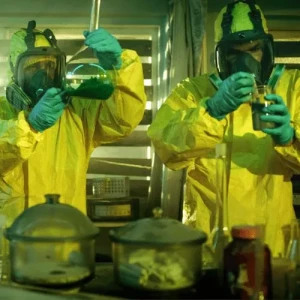
 EN |
EN |  ES
ES